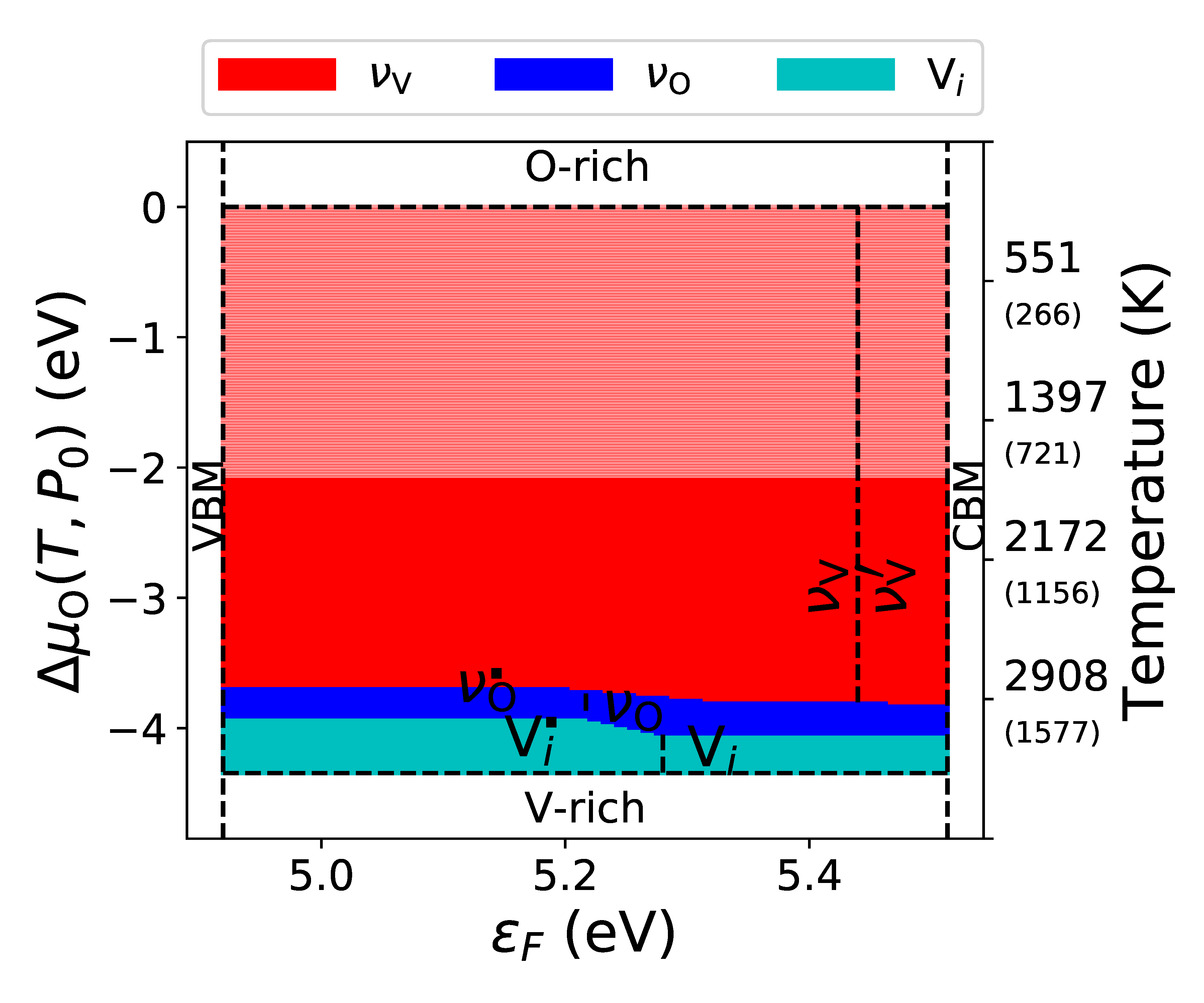Richard’s paper on “Metal-Insulator Transition in V2O3 with Intrinsic Defects” has just been published in Physical Review B! V2O3 is a material of potential interest for neuromorphic computing, i.e., computers that mimic biological brains and have the potential to be far more efficient than traditional von Neumann
architectures. A potential implementation utilizes metal insulator transitions (MITs) to implement “leaky, integrate, and fire” to emulate short-term memory. V2O3, which undergo a metal-insulator transition (MIT) at 165K, can be used to implement al for such devices as they exhibit a sudden collapse of insulating behavior under an external stimuli, and they can gradually recover their insulating state over time in the absence of the stimuli. This behavior is known as volatile resistive switching. Here, we show that the PBE + U functional provides the best compromise between accuracy and efficiency in calculating the properties related to the MIT between low-temperature and high-temperature V2O3. We use this functional to explore the various influences that intrinsic point defects will have on the MIT in V2O3.
This work is a collaboration with the Schuller group at UCSD as part of the Quantum Materials for Energy Efficient Neuromorphic Computing (QMEEN-C) center, an Energy Frontier Research Center funded by the Department of Energy.

